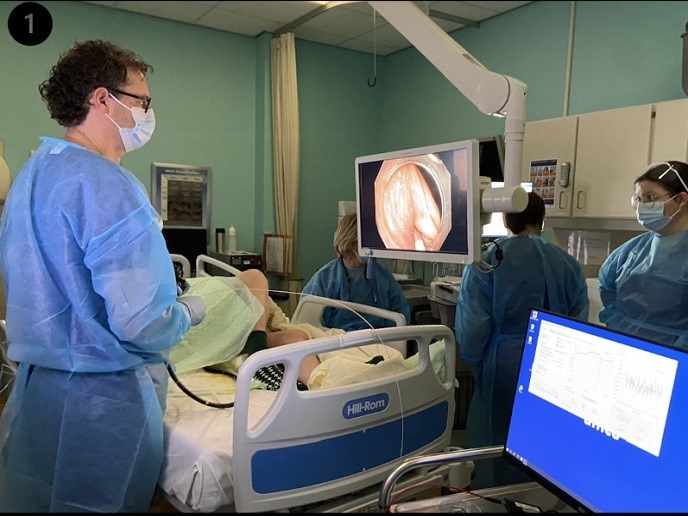Harnessing the power of high-energy lasers to target cancer
In 2020, there were 18 million new cases of cancer around the world, according to Cancer Research UK(opens in new window). By 2040, annual incidence rates are projected to rise by around 55 %. Proton therapy (PT) is a type of radiation therapy that fires high-energy protons to destroy cancer cells. Studies have found it to be a promising and effective treatment for many types of tumours, including those in the brain, head and neck, central nervous system, lung, gastrointestinal system, and prostate, as well as inoperable cancers. Yet current PT systems are vast and expensive. Treatment rooms can stretch to the size of a football field, costing up to EUR 120 million for a multiroom system and taking years to construct. In the EU-funded LPT project, researchers have developed an ultra-compact, high-performance PT system using a novel design that could reduce costs enough to bring PT to the forefront of cancer treatment options. “The design uses a high-intensity laser that interacts with a plasma, highly enriched with protons, sourced from a nano-engineered polymer target,” says Moshe Cohen-Erner, VP of R&D at HIL Medical(opens in new window) and LPT project coordinator.
Capturing high-intensity lasers
LPT’s innovative new PT system uses a pulsed, high-intensity laser that irradiates a proton-rich nano-engineered target. Protons are accelerated to a clinical-relevance energy level, confined and focused by a magnetic field onto the cancerous tumour. “This new design makes PT widely accessible by offering cost-effective, single-room or multiroom treatment systems,” adds Cohen-Erner. “It removes the main barriers to the widespread adoption of PT systems.” LPT’s innovative steps include the use of: a laser-based proton accelerator to produce enhanced proton bunches; a specialised beamline and fixed-gantry design for beam extraction; and unique magnets and magnetic elements to manipulate the fast proton beam. The combination of these innovations enables the production of a PT system with a smaller footprint (50 % reduction), volume (75 % reduction) and weight (99 % reduction of the accelerator) – at a cost reduction of 50-75 %. “The use of a laser proton accelerator with a fixed gantry eliminates the need for a long travel path, for the charged particles, the need for a large number of magnets, and a huge and heavy revolving gantry. It reduces the size of the housing equipment weighing potentially 500 tons,” explains Cohen-Erner.
Enhancing the laser output
Through the LPT project, the first experiments in laser-based proton acceleration with nano-engineered targets produced proton accelerations to relatively low energies. “This was exciting and strong evidence to publish the first(opens in new window) peer-reviewed(opens in new window) papers(opens in new window) on the subject,” Cohen-Erner says. The team further developed the proton accelerator and scaled up the energy output, by improving the nano-engineered targets and using a higher-intensity laser. These experiments were conducted at Germany’s Max Born Institute(opens in new window) (MBI) by a joint international team of scientists from HIL, MBI, the Naval Research Laboratory(opens in new window) in Washington DC, and the University of Strathclyde(opens in new window) in Glasgow. The successful results were published in peer-reviewed journals(opens in new window).
Bringing the new laser system to clinics
“We are proud of our innovative idea which acquires feedback from key opinion leaders, physicians, and potential customers expressing their voice for the need for such a cost-performance, affordable PT system,” notes Cohen-Erner. “This gives us tailwinds and support to accelerate our journey to reach clinics.” The team is now moving to the next phase of the project, assembling a 200 TW laser facility to demonstrate clinically relevant proton bunches. Beta testing of this system will enable the team to move the treatment into clinical environments in the near future.







